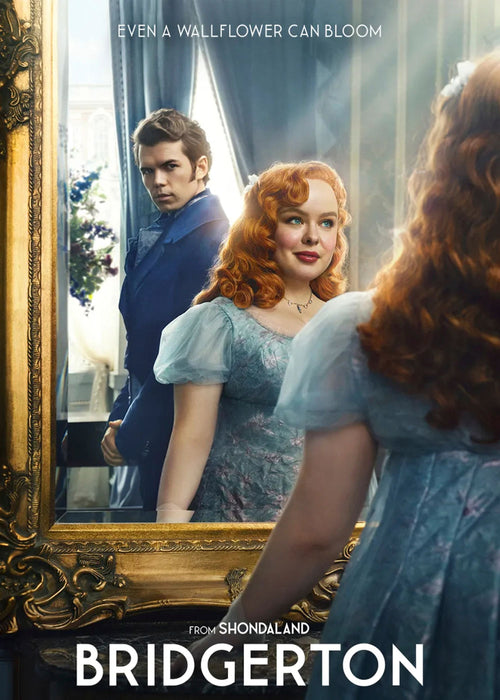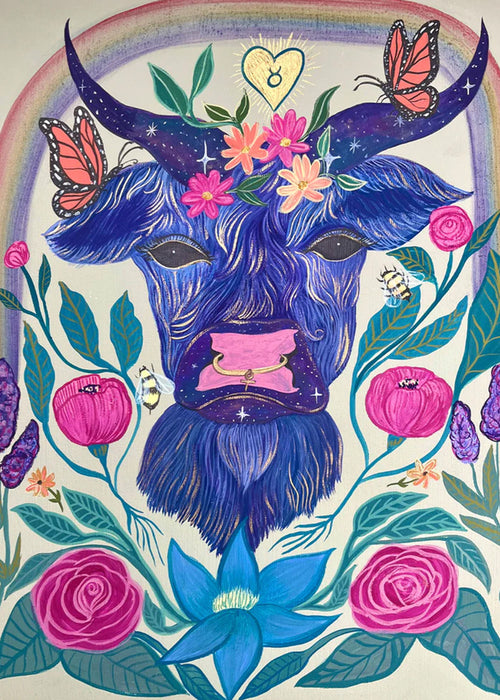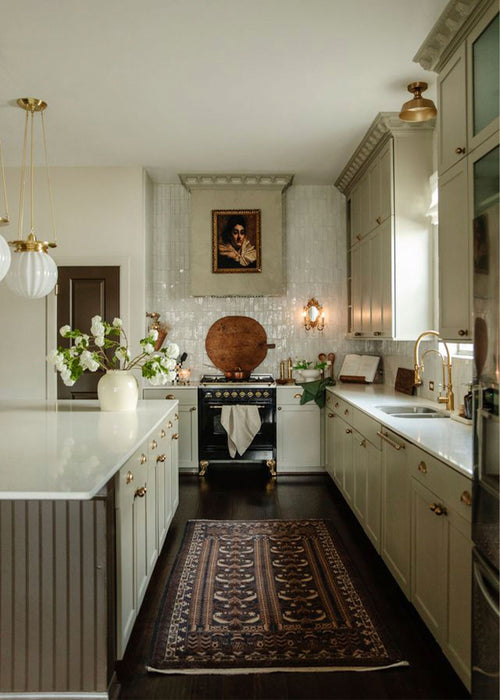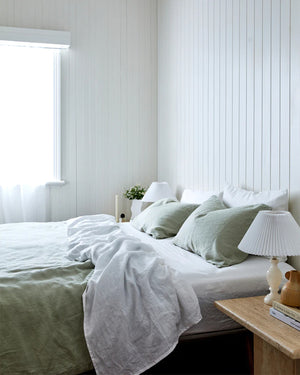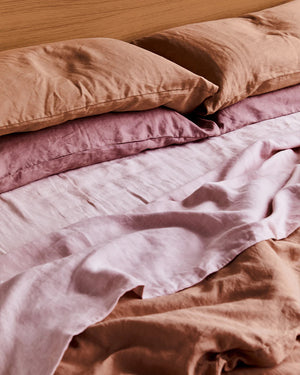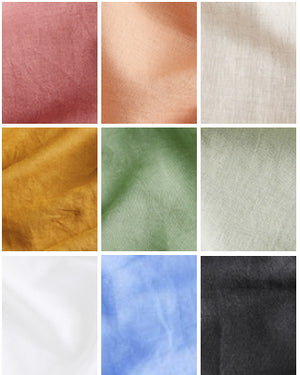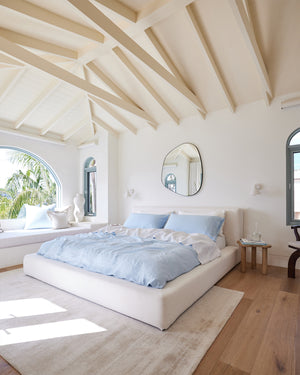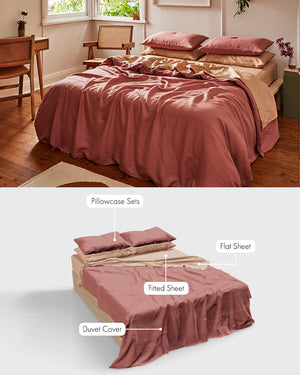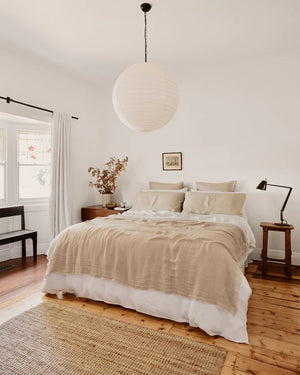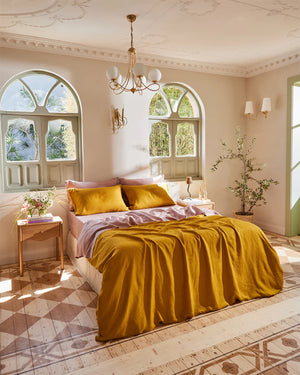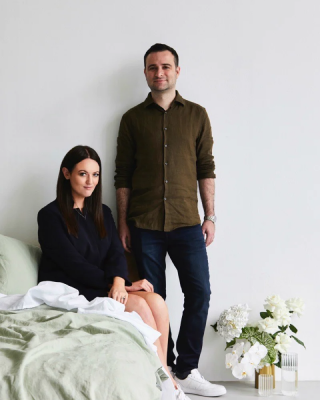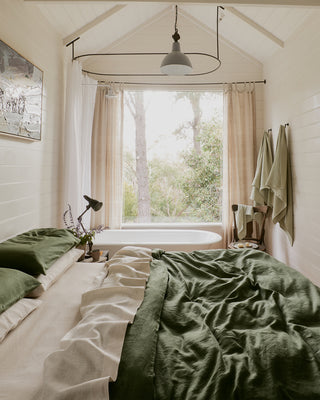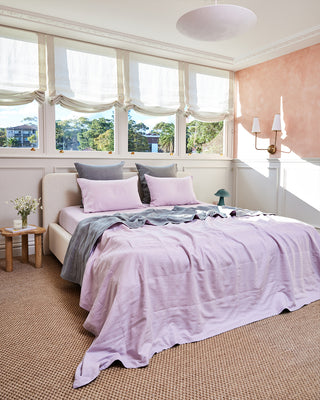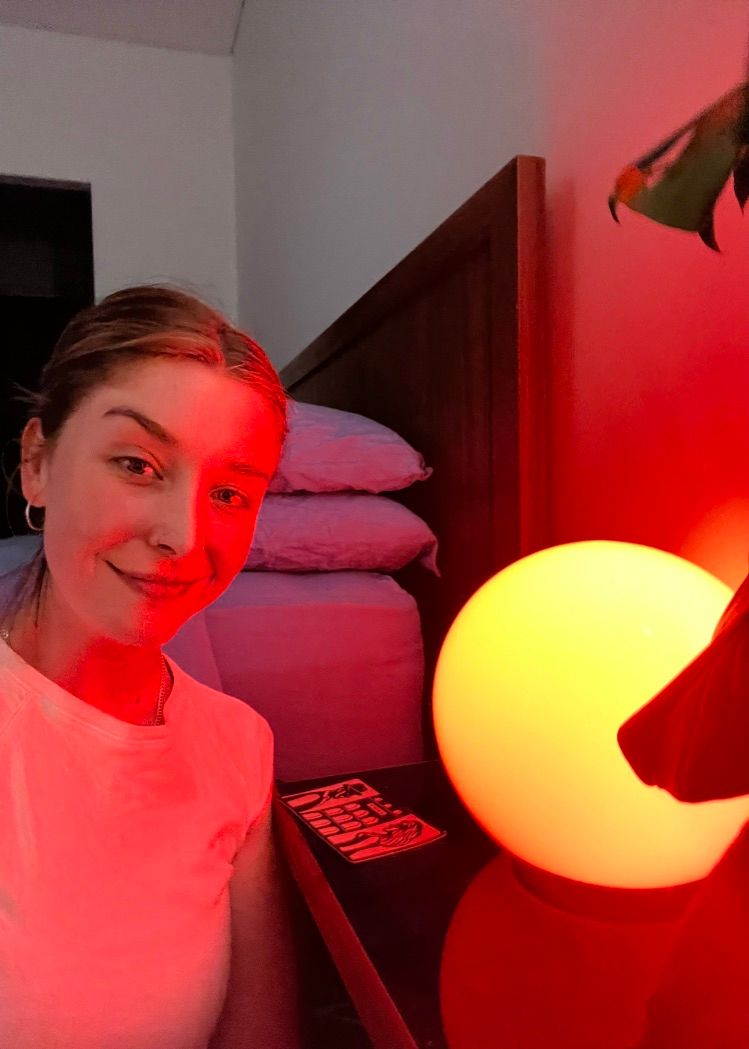
The three things I noticed after leaving my light on red.
This Wellness Trend With Surprising Sleep Benefits Got Me Out of My Afternoon Slump
The three things I noticed after leaving my light on red.
Among the many do’s and don'ts of evening routines and lists of tips on falling asleep, there’s always a resounding “no light before bed” message.
Whether in the form of a phone or television screen, bedside lamp, or full moon light through a curtain, exposure to light in the evening hours hinders your body's ability to produce melatonin. So you can imagine my surprise when I learnt about the benefits of red light exposure before sleep.
It’s no news that red lights have a myriad of benefits for the body. Red light therapy helps with wrinkles, redness, acne, scars and other signs of ageing, along with assisting the body’s ability to recover from physical activity and pain management.
But what I was particularly interested in, is how the amber glow from a red bulb helps with relaxation and sleep – because after all, those are my two favourite things. After looking into how red light can assist with sleep, I decided to put it to the test. I upped my exposure to red light at least two hours before bed for seven nights – here’s what I discovered.
How does red light assist with sleep?
Our bodies operate off of a 24-hour body clock known as circadian rhythm. This biological ‘clock’ has evolved over time and uses external stimuli from the environment such as temperature and light to regulate our sleep and wake cycles.
From sunrise till just before sunset, the bright (blue light) light coming from the sun signals to our bodies that it’s day, and time to be awake and alert.
When it becomes nighttime, blue light is replaced by amber and red light from the sun. This lack of blue light allows the body to produce melatonin – the hormone your brain produces in response to darkness, which helps you fall asleep. In ancient times when our ancestors lit campfires at night, the warm red glow from the fire would do the same thing.
“Since blue light inhibits the release of melatonin, the hypothesis underlying research on sleep and red light – the colour on the opposite end of the spectrum – is that red light might encourage the release of melatonin,” said said Dr Raj Dasgupta, an associate professor of clinical medicine at the University of Southern California’s Keck School of Medicine.
By emulating this day and night effect at home with blue light and red light, we’re able to assist our body’s melatonin production and circadian rhythm, allowing us to relax and fall asleep at an appropriate time each evening.
By taking all of this into account, we are able to improve our ability to fall asleep by adjusting certain factors. “Keep your room dark, but if you need light, choose warm colours like red or amber. Avoid blue light from electronic devices as it can trick your brain into thinking it’s still daytime and disrupt your sleep-wake cycle,” says sleep physician Dr Pranshu Adavadkar.
What I noticed after using a red light for seven nights
1. I fell asleep faster
I struggle to fall asleep most nights. I think I can attest this to one of my favourite evening rituals of scrolling TikTok before bed, eating chocolate after dinner, and not properly winding down. But when I was doing this week-long experiment, I found myself relaxing much faster as I dimmed the lights at least two hours before bed, reduced my blue light intake, and exposed myself to red light in the evening hours.
2. Waking up felt easier
Like most people, I don’t particularly enjoy waking up – I mean, is there anything better than lying in bed? But for the seven days where I took the time to eliminate blue light before bed, and up my red light exposure, I found myself willingly hopping out of bed and ready to take on the day.
3. Wasn’t tired during the day
Around 2-3 pm everyday I enter a funk. One that can only be rectified by another cup of coffee, or a short break from the task at hand. During the week where I was using red light at night, I found myself powering through my “funk-hour” and only really becoming tired after dinner – when my red light exposure would commence.
Create your dream bedroom
This article is intended for informational purposes only and is not a substitute for individualised health advice. If you are concerned about your health and well-being, please speak to your GP, who will advise on the correct treatment plan.



